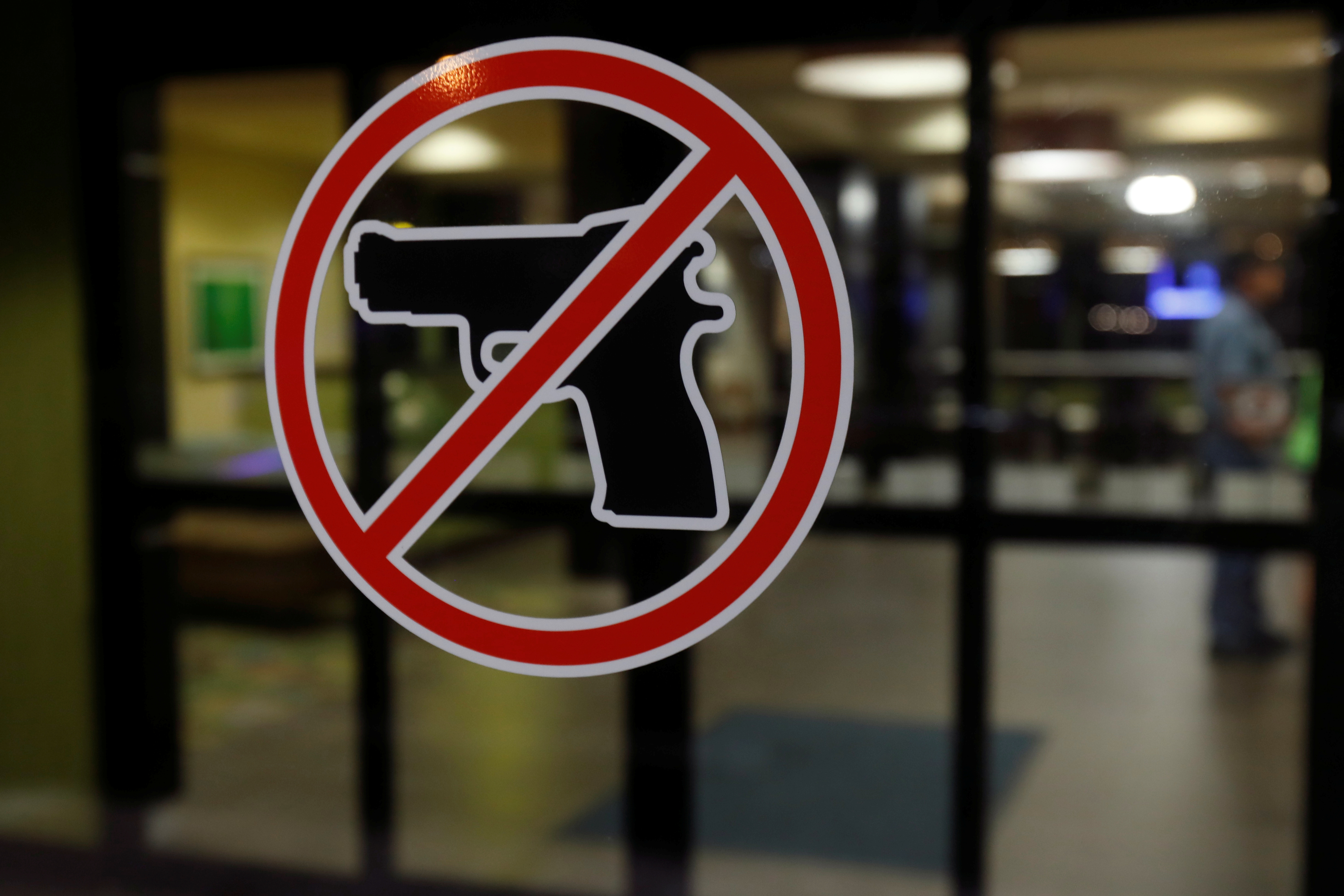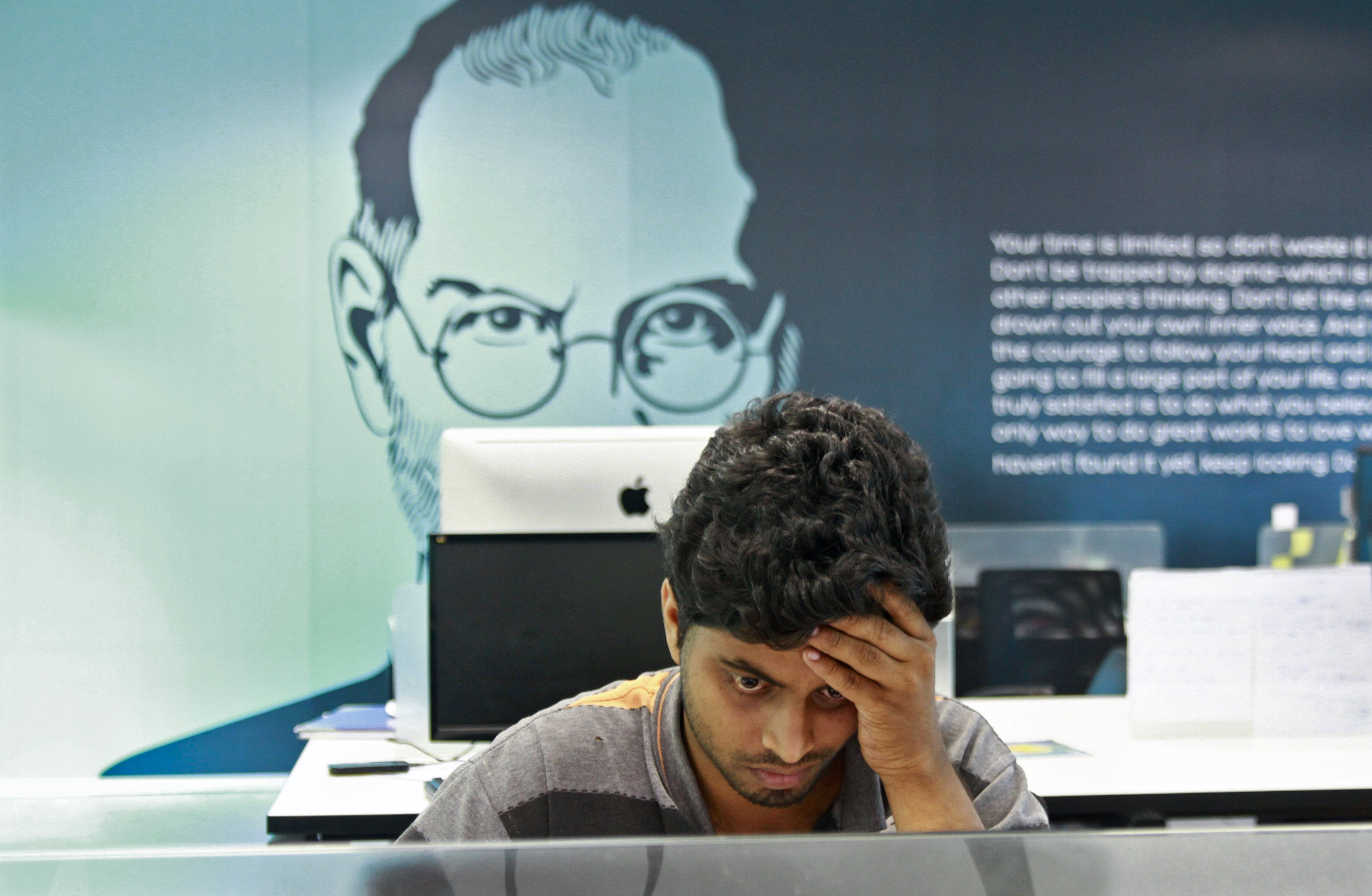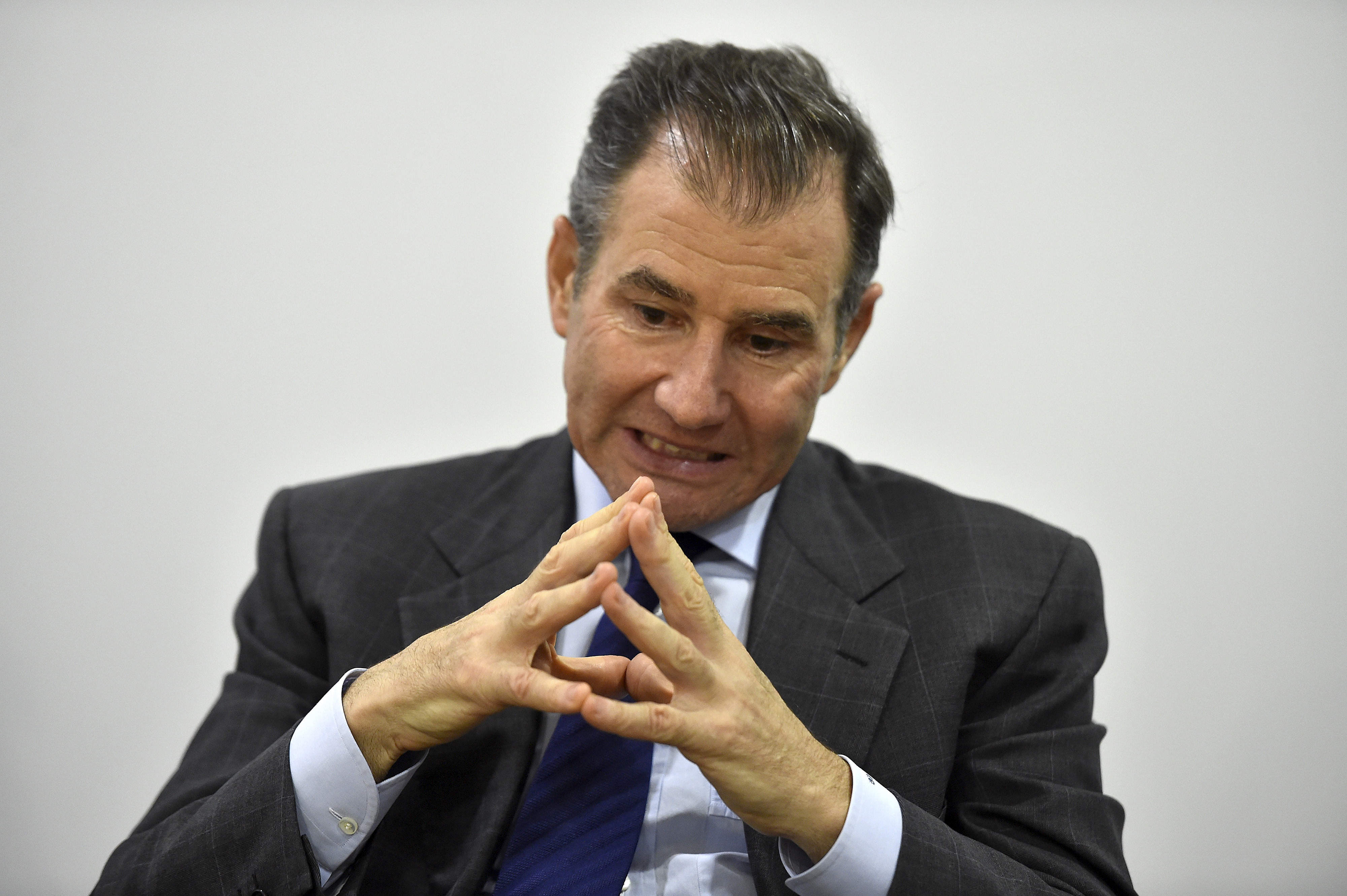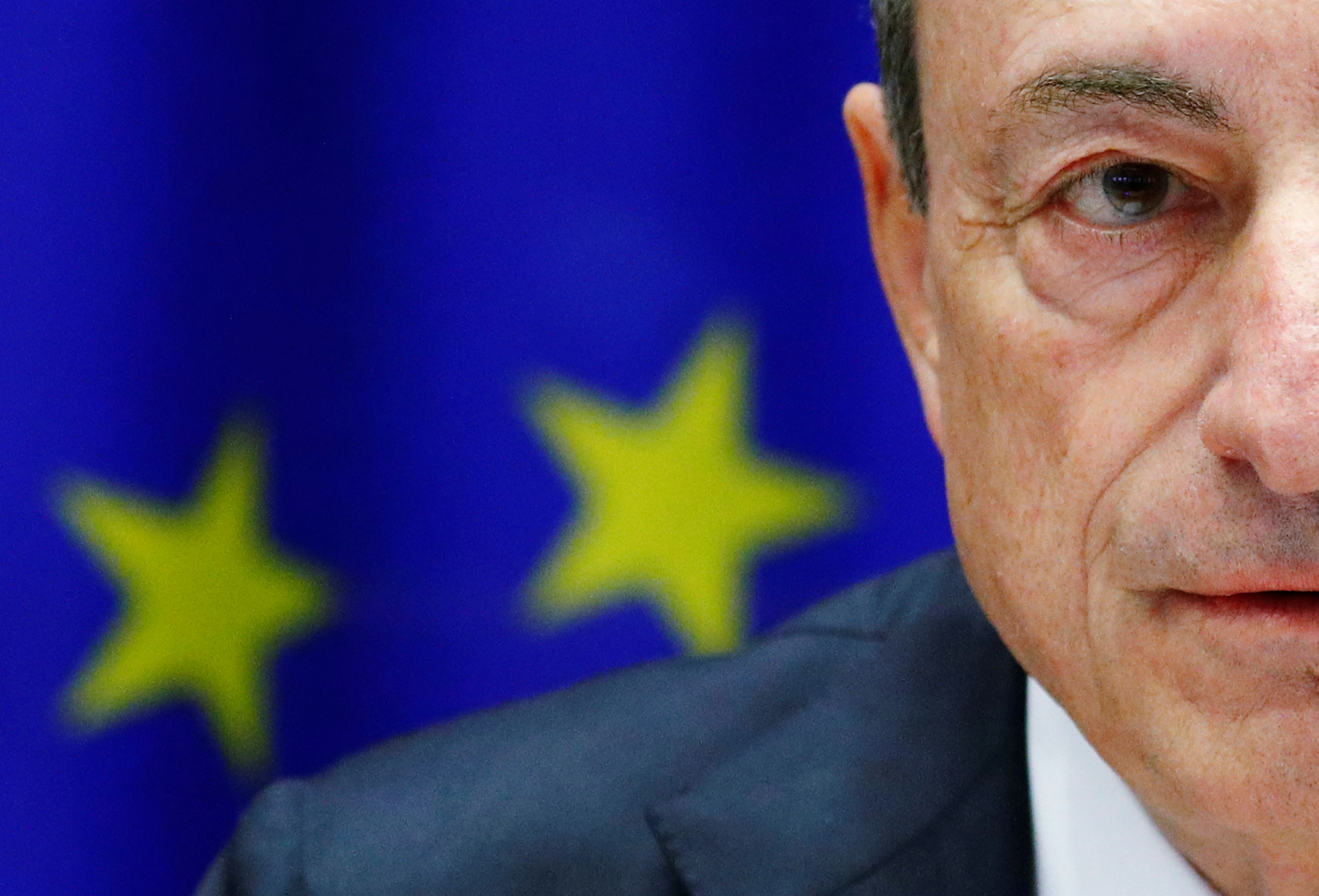By John Foley
If 2019 is like 2018, roughly 30,000 Americans will be killed by a bullet. And more big companies and investors will say publicly it’s time to make guns safer. If they say it in the right way, it might even make a difference.
Big institutions led the charge after the February massacre at a Florida high school. Investors compelled gunmaker Sturm, Ruger to publish a report — due in March — on the reputational and financial risks of gun violence. An identical motion passed at American Outdoor Brands . BlackRock chief Larry Fink asked firearms manufacturers in March to answer questions about their contribution to gun safety. State Street called for better safety measures. It’s a big shift from a group that was previously mum.
But gunmakers can mostly escape public censure by engaging with shareholders. They know BlackRock and Vanguard can’t dump their stock in protest because it’s held in index-tracker funds, whose primary duty is to generate decent returns. An example: BlackRock launched a guns-free fund for institutional clients. But it has attracted negligible interest.
Big banks have more power, and have started to use it. Citigroup no longer accepts gun retailers as clients unless they commit to basic safety policies and age limits on purchases. Bank of America won’t lend to makers of assault-style weapons commonly used in mass shootings. It earned the banks some enemies — a senator proposed denying federal business to banks with firearm policies. Yet both institutions are big enough to brush it off.
There’s room to go further. Around a dozen investors including the California Public Employees Retirement System teamed up in November to ask gun manufacturers and sellers to make products “safer, more secure and easier to trace.” There’s no reason bank chief executives couldn’t present a tougher, collective ultimatum. They could, for example, jointly pledge to deny commercial banking or corporate finance work to gunsmiths until universal background checks become law.
Now would be a good time, too, because one thing that can be predicted with tragic certainty is that 2019 will bring more mass shootings — like the one at Marjory Stoneman Douglas High School, which killed 17 people and galvanized millions. As more people are harmed each year, getting tougher on companies whose products harm should only get easier.



